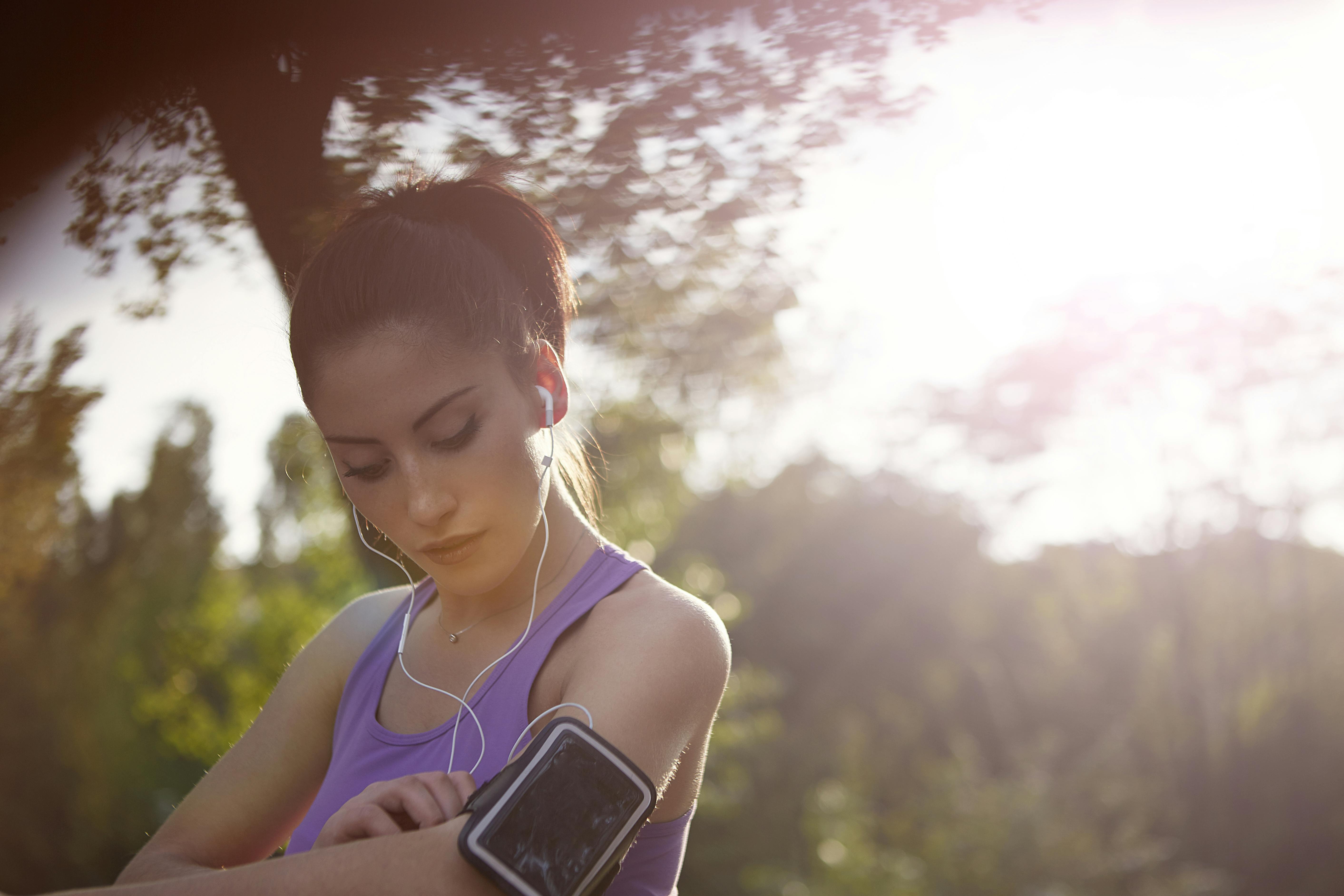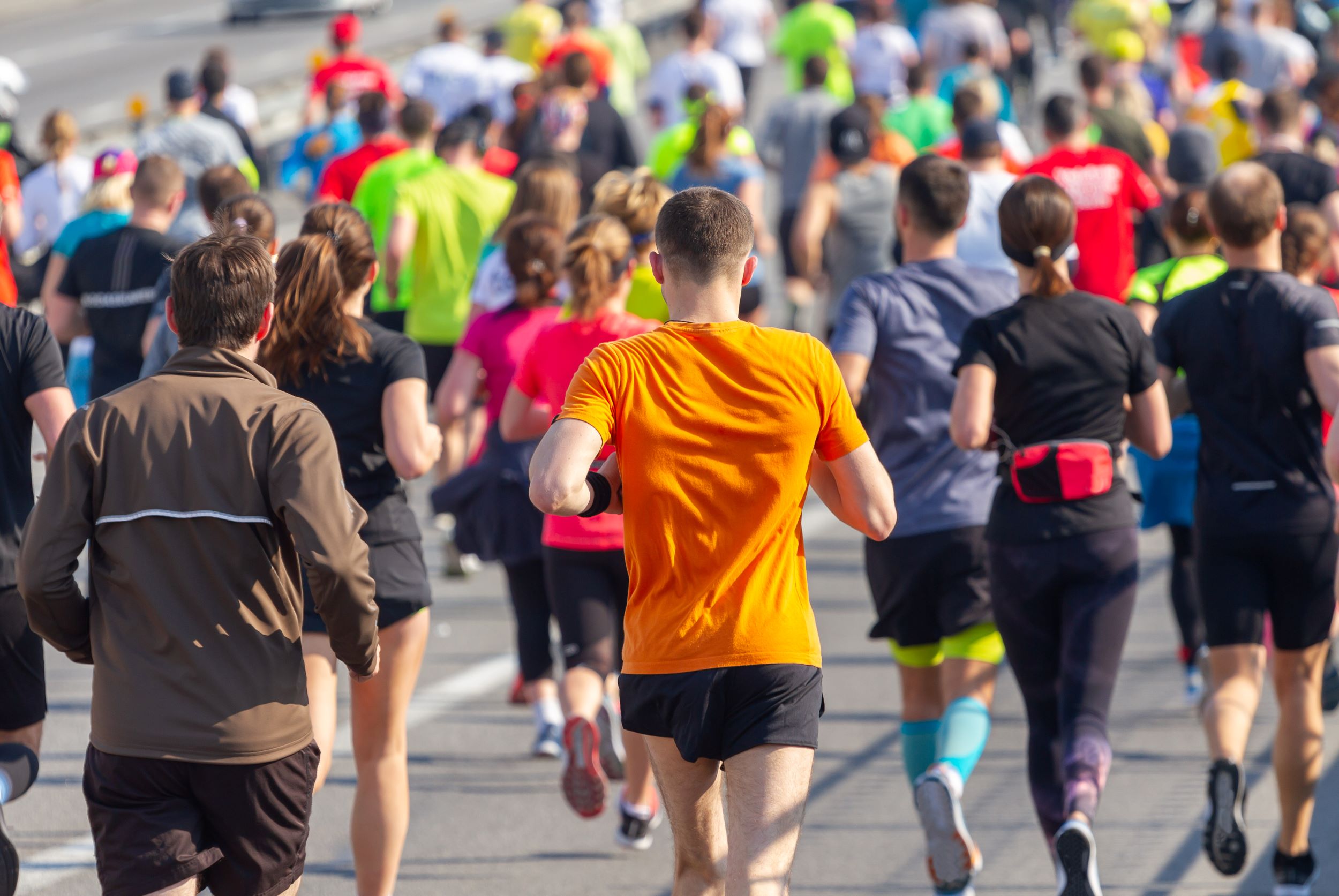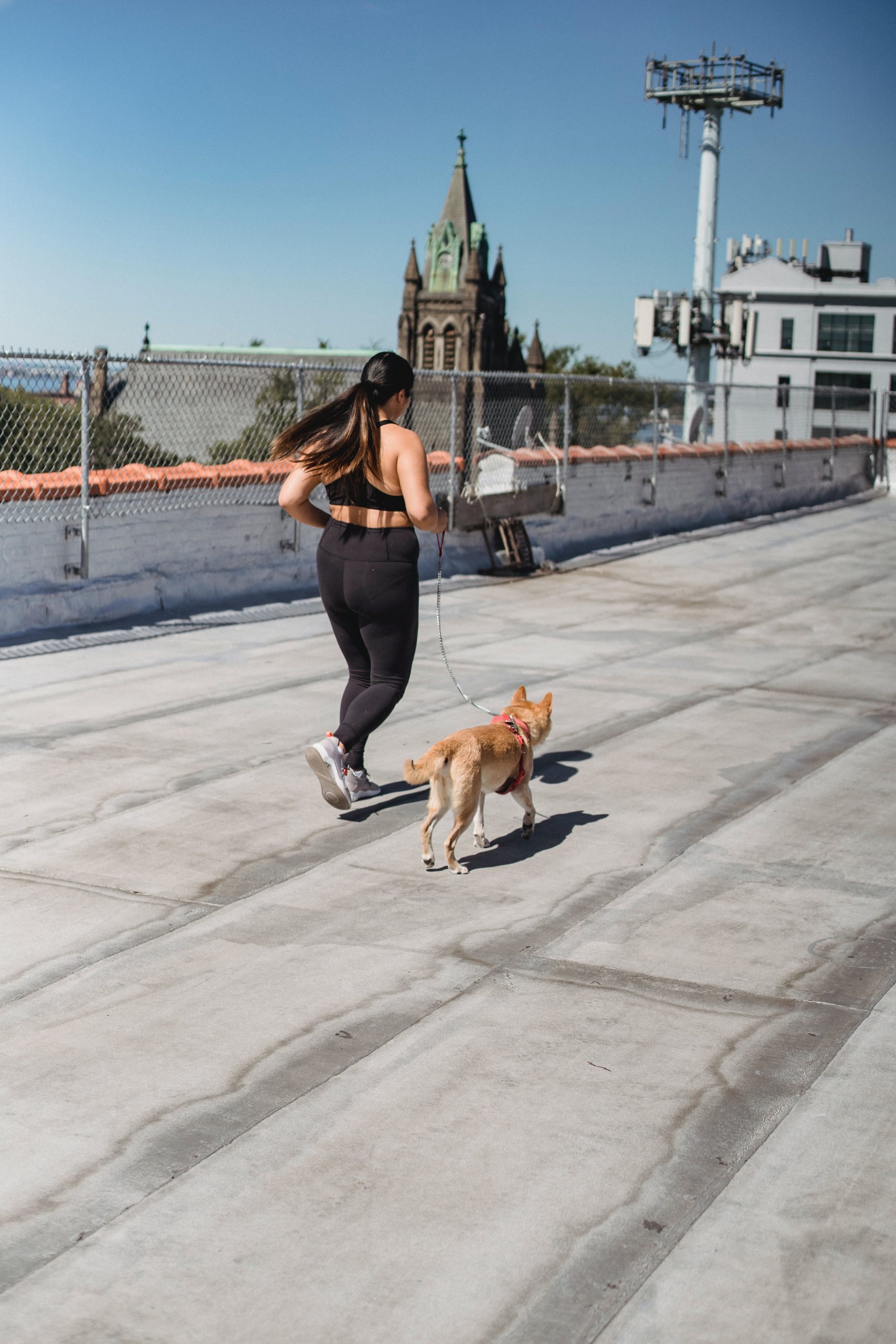Imagine feeling the ground beneath your feet, every step a direct connection with the earth. This is the essence of barefoot running, a practice that has gained popularity for its potential to enhance running efficiency and reduce injuries. Rooted in the belief that our ancestors ran without the modern-day footwear, barefoot running encourages a natural running form, which can lead to improved posture and stride.
One of the key advantages of barefoot running is its ability to strengthen the muscles in your feet and lower legs. By engaging these often underutilized muscles, you can develop a more balanced and resilient foundation for your runs. Moreover, barefoot running can help you become more aware of your body mechanics, leading to a more mindful and injury-free running experience.
However, transitioning to barefoot running requires patience and caution. It’s essential to start slow and gradually increase your distance to allow your body to adapt to this new form of movement. Consider running on softer surfaces, like grass or sand, to ease the transition and reduce the risk of injury.
Ready to take the first step towards a more natural and rewarding running journey? Visit our website to learn more and get started today! Click here.
Benefits of Barefoot Running

Embracing barefoot running can bring a myriad of benefits that extend beyond just the physical. One of the most compelling advantages is the improvement in running form and efficiency. Without the cushion of shoes, runners tend to adopt a more natural and efficient gait, often landing on the midfoot or forefoot rather than the heel. This shift can lead to reduced impact forces and a lower risk of repetitive strain injuries.
Additionally, barefoot running can enhance proprioception, the body’s ability to sense movement and position. Running without shoes heightens your awareness of the ground and your body’s movements, leading to better balance and coordination. This increased awareness can translate into improved agility and responsiveness, both on and off the trail.
From a muscular perspective, barefoot running strengthens the intrinsic muscles of the feet and lower legs. These muscles often remain underdeveloped when confined to traditional running shoes. Strengthening them can lead to a more stable and robust foundation, potentially reducing the likelihood of common running injuries such as plantar fasciitis and shin splints.
Moreover, many barefoot runners report an enhanced sensory experience. Feeling the texture of the ground and the changes in terrain can make running more engaging and enjoyable. This connection with nature can also contribute to mental well-being, offering a meditative escape from the hustle and bustle of daily life.
In summary, the benefits of barefoot running range from improved biomechanics and injury prevention to a richer sensory and mental experience. While it may not be for everyone, those who incorporate it into their routine often find it a rewarding and transformative practice.
Common Barefoot Running Myths

Despite its growing popularity, barefoot running is surrounded by several myths that can deter potential enthusiasts. One prevalent misconception is that barefoot running will inevitably lead to injuries. While it’s true that transitioning too quickly can result in strains or stress fractures, a gradual and mindful approach can actually reduce the risk of injuries. By slowly building up strength and adjusting to the new demands on your feet, you can safely enjoy the benefits of barefoot running.
Another myth is that barefoot running is only for elite athletes or those who have been running for years. In reality, barefoot running can be accessible to runners of all levels. Beginners may even benefit more as they start with a clean slate, free from ingrained habits developed from running in traditional shoes. The key is to listen to your body and progress at a pace that feels comfortable.
Some people believe that barefoot running is only suitable for certain environments, such as soft, natural trails. However, many barefoot runners successfully navigate a variety of terrains, including urban settings. While it’s essential to be cautious of sharp objects, with experience, runners learn to scan the ground and adjust their stride accordingly, making city running entirely feasible.
Lastly, there is a notion that barefoot running is a passing fad. However, the practice has historical roots and is based on the natural functioning of the human body. Numerous studies and anecdotal evidence support its benefits, suggesting that it is more than just a trend.
Understanding and debunking these myths can open the door to a more informed and enjoyable barefoot running experience. With the right approach, anyone can explore this freeing and beneficial practice.
How to Start Barefoot Running Safely

Embarking on your barefoot running journey requires a thoughtful and gradual approach to ensure safety and enjoyment. The first step is to ease into it slowly. Begin by walking barefoot for short periods to condition your feet and strengthen the muscles that are usually supported by shoes. Pay attention to how your feet feel and gradually increase the duration as they adapt.
When you’re ready to start running, begin with short, easy runs on soft surfaces like grass or dirt trails. These surfaces are gentler on your feet and provide a more forgiving environment as you transition. Aim for just a few minutes of barefoot running at a time, followed by your regular runs in shoes. Over weeks or even months, you can slowly extend the duration of your barefoot runs.
Another key aspect is to focus on your form. Barefoot running encourages a more natural running style, often resulting in a forefoot or midfoot strike rather than a heel strike. This can reduce impact forces and improve efficiency. To avoid overloading your feet, keep your strides short and your cadence high, aiming for around 180 steps per minute.
Listening to your body is crucial during this transition. Be mindful of any discomfort or pain, and don’t push through it. Soreness in your calves and feet is normal as they adapt, but sharp pain or persistent issues should be addressed promptly, possibly by consulting a healthcare professional.
Lastly, consider integrating foot-strengthening exercises into your routine. Activities like toe curls, calf raises, and balance drills can help build the necessary strength and stability for barefoot running.
By following these steps and progressing at your own pace, you can safely embrace the benefits of barefoot running and enjoy a more natural and fulfilling running experience.
Best Surfaces for Barefoot Running
Choosing the right surface is essential for a successful barefoot running experience. While transitioning from traditional running shoes, the surfaces you run on can significantly impact your comfort and injury risk. Here are some of the best surfaces to consider:
- Grass: One of the most forgiving surfaces, grass offers a soft and cushioned feel underfoot. It’s ideal for beginners as it reduces the risk of impact-related injuries. Parks, sports fields, and golf courses are excellent places to find well-maintained grassy areas.
- Dirt Trails: Natural dirt trails provide a mix of softness and firmness, making them perfect for barefoot running. They offer better traction than grass and help in building foot strength due to the uneven terrain. Look for trails in local parks or nature reserves.
- Sand: Running on sand, especially wet and compacted sand, can be a great way to strengthen your lower legs and feet. Beaches provide a scenic and enjoyable environment for barefoot running, though the increased resistance can be more demanding.
- Track: Rubberized tracks used in athletics are another excellent surface for barefoot running. They offer consistent softness and cushioning, reducing the impact on your joints. Many high schools and colleges have tracks open to the public.
- Carpet: For those who prefer indoor running, carpeted surfaces are a viable option. They are gentle on the feet and can be a good starting point for short, barefoot runs, especially during colder months.
While these surfaces are ideal, it’s crucial to avoid rough, rocky, or uneven terrains initially, as they can cause cuts, bruises, or other injuries. As you gain experience and confidence, you can gradually introduce more challenging surfaces into your routine. Always inspect your running path for sharp objects and hazards before you start.
By selecting the appropriate surfaces and progressively adapting to them, you can enhance your barefoot running experience, reduce injury risk, and enjoy the myriad benefits this natural form of running offers.
Essential Gear for Barefoot Running

Embarking on your barefoot running journey doesn’t mean you have to go completely unprepared. While the essence of this practice is to run with minimal footwear, there are still a few essential items that can enhance your experience and keep you safe.
- Minimalist Shoes: For those who aren’t ready to go completely barefoot, minimalist shoes are a fantastic option. These shoes are designed to provide a sense of running barefoot while offering some protection against sharp objects and rough surfaces. They typically have a thin sole, wide toe box, and zero drop from heel to toe.
- Toe Socks: Toe socks can be beneficial for preventing blisters and adding a slight layer of protection without compromising the barefoot feel. They help keep your feet dry and can be worn with minimalist shoes for added comfort.
- Foot Care Products: Your feet will be more exposed to the elements, so investing in good foot care products is crucial. A quality foot file, moisturizer, and antiseptic cream can help you maintain healthy skin and prevent infections from minor cuts or abrasions.
- Hydration Gear: Staying hydrated is essential for any runner, and barefoot runners are no exception. Consider carrying a lightweight water bottle or hydration pack, especially for longer runs or trail adventures.
- Running Apparel: Opt for moisture-wicking and breathable fabrics to keep you comfortable during your runs. Proper running attire can help regulate your body temperature and reduce the risk of chafing.
While barefoot running emphasizes minimalism, having the right gear can make your transition smoother and more enjoyable. As you progress, you may find that you need fewer items, but starting with these essentials can set you up for success.
Ready to take the leap towards fitness freedom? Visit our website to learn more and get started today!


